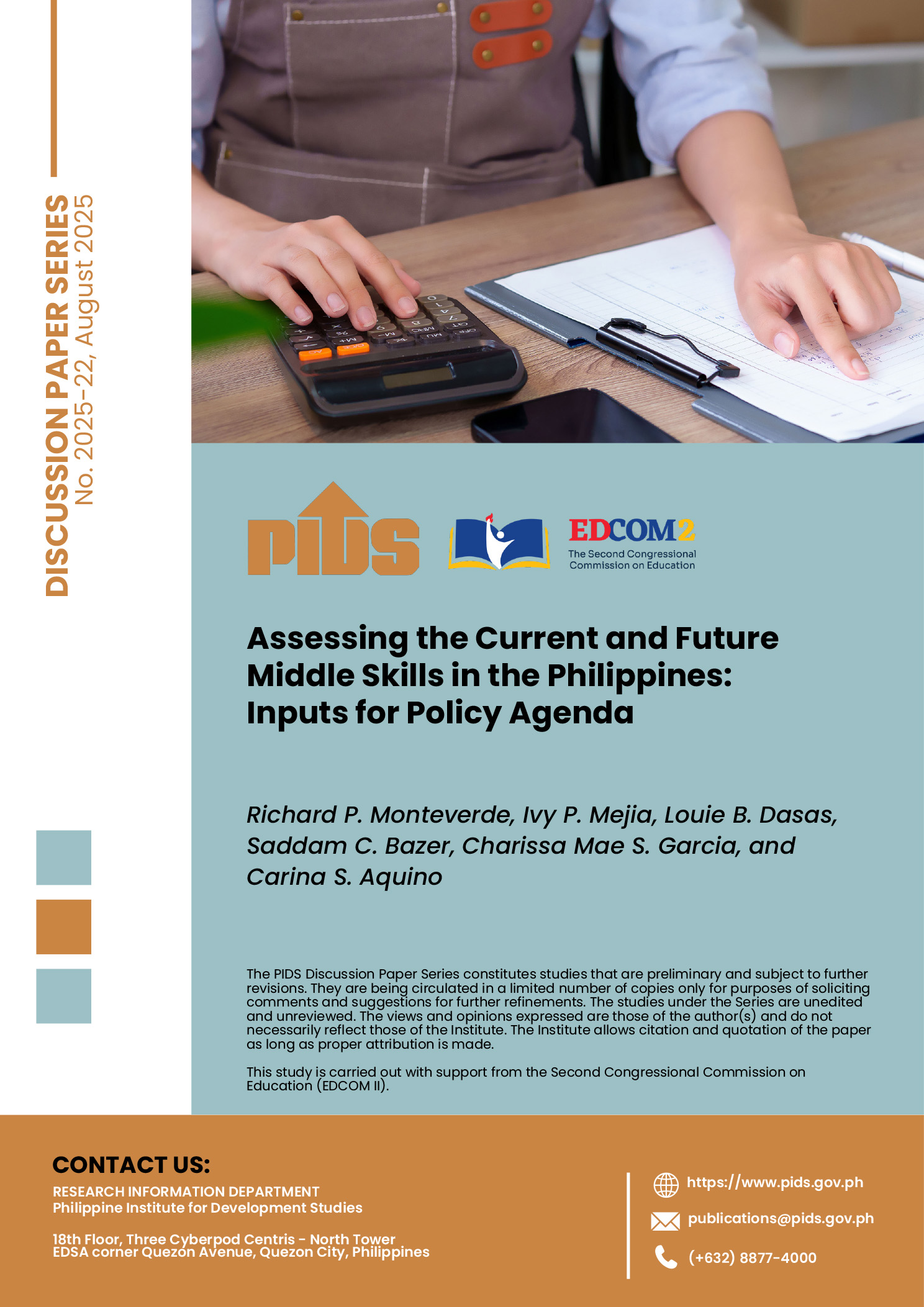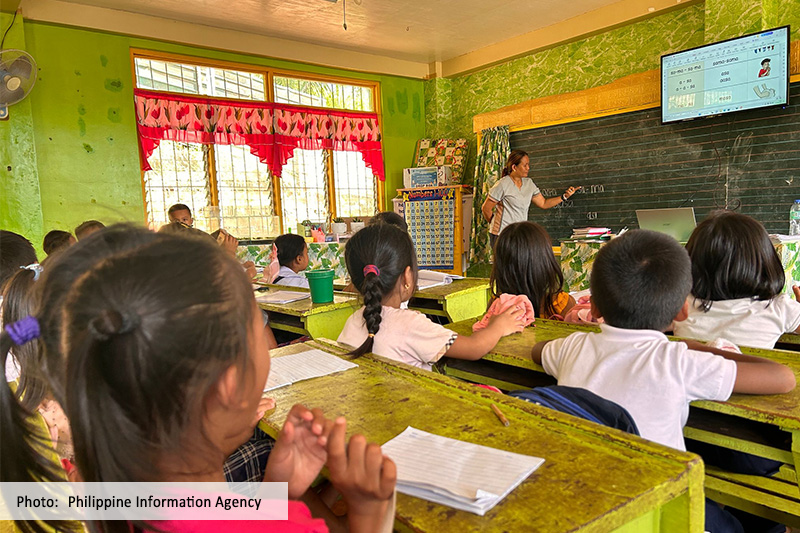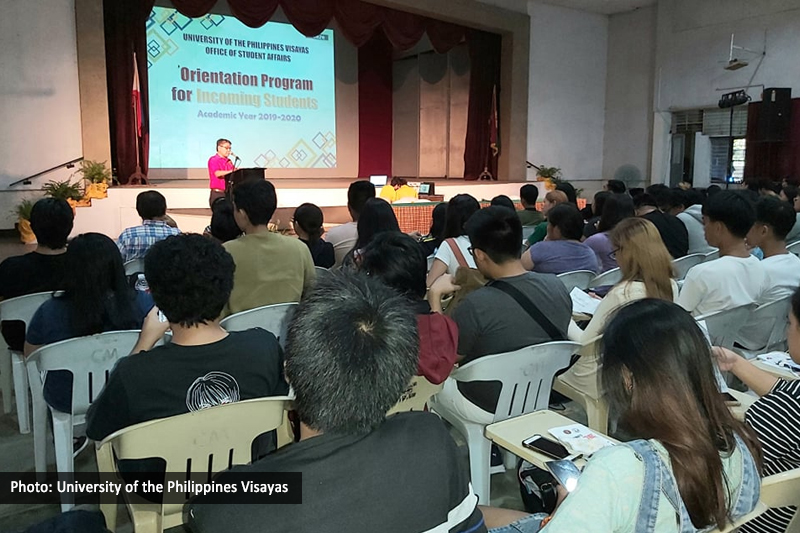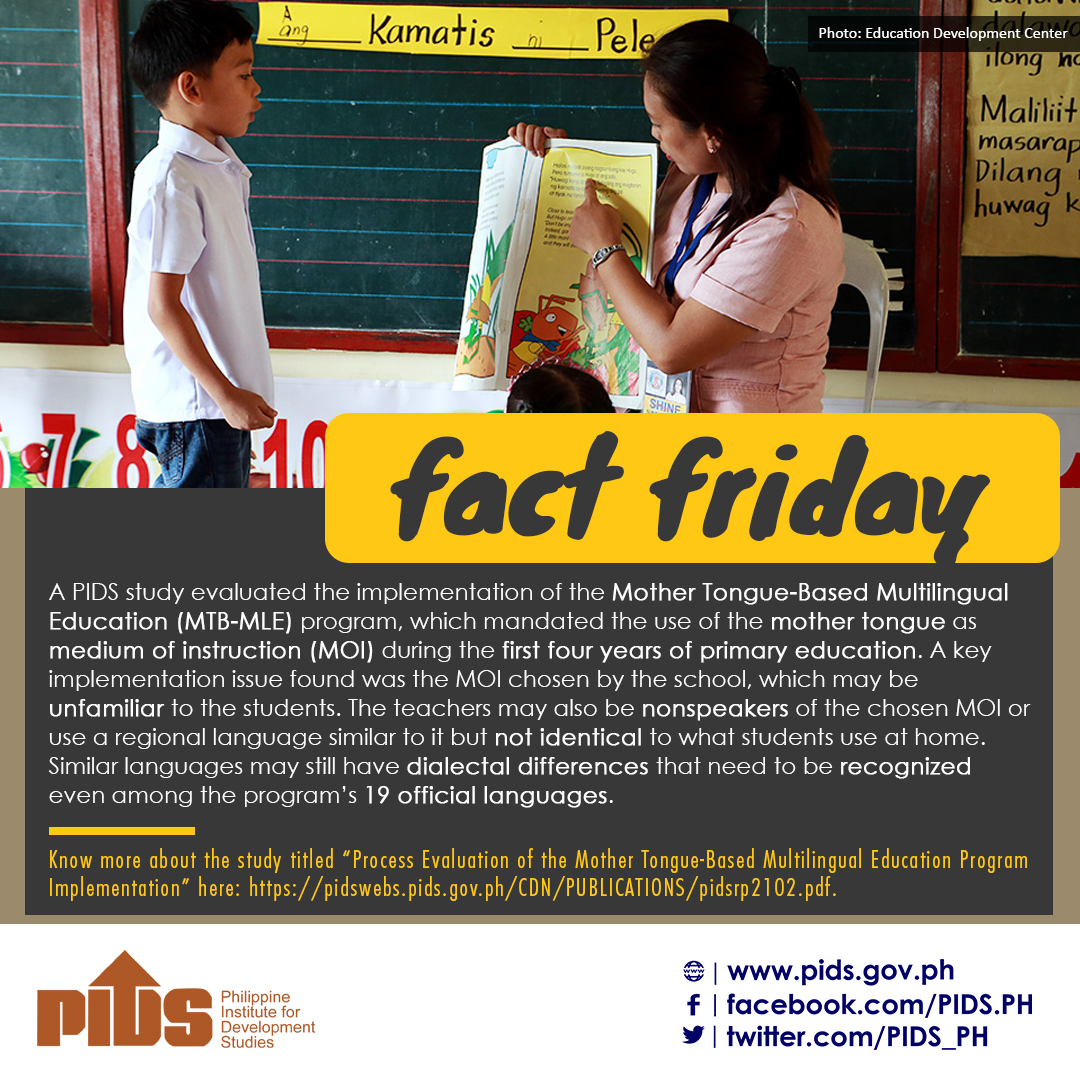PASAY CITY – In a Second Congressional Commission on Education (EDCOM 2) Sub-Committee on Basic Education meeting held at UP BGC on June 11, 2024, the Department of Education (DepEd) and the Philippine Institute of Development Studies (PIDS) presented their initial assessments on the MATATAG K-to-10 pilot implementation.
The MATATAG curriculum was implemented in 35 pilot schools (out of 47,678 schools) distributed across 13 divisions in seven regions. DepEd reported that as of May 24, 2024, 267,900 teachers and personnel were trained for the MATATAG curriculum implementation, which include training at different levels of governance.
To determine its immediate impact, an external monitoring was conducted by the PIDS and the Assessment, Curriculum, and Technology Research Center (ACTRC), commissioned by the DepEd.
The study sought to assess the immediate impact of MATATAG K-to-10 curriculum on teachers’ pedagogy and welfare and learning outcomes of the students, and document the challenges and opportunities of the current and the pilot curriculum. PIDS presented the preliminary results from focus group discussions and key informant interviews with teaching and administrative personnel, and from the teachers’ survey.
Preliminary findings show that the MATATAG curriculum appears to be generally well-accepted among stakeholders, and while the new curriculum improves teacher instruction, it also has no apparent impact on hours work and selected measures of well-being.
Impact on expected competencies covered
The preliminary findings also suggest that there is no statistical difference in the expected percentage of competencies covered in MATATAG pilot schools vs non-pilot schools.
When asked about the percentage of expected competencies to be covered by the end of the school year, about 90% of the expected competencies under the pilot and non-pilot curriculum will be covered. On the other hand, competencies mastered by students stand at 81% in both curricula.
PIDS explained that the 2021 curriculum is already lesser and more compressed compared to the curriculum in 2016. “The 2021 curriculum is already lesser, halos kamukha na ng MATATAG. According to the FGDs, mas maganda ang flow ng competencies compared to the old curriculum,” says PIDS Senior Research Fellow Dr. MIchael Ralph Abrigo. During the interviews, some teachers also raised that they are still adjusting to the new curriculum.
“The difference is not so big. The MATATAG curriculum is meant to dramatically improve coverage of the competencies and the confidence mastered by all students. In terms of competencies, hindi siya malayo. It’s just the way it is structured that is different,” says EDCOM 2 Co-Chairperson Senator Sherwin Gatchlian.
PIDS is also set to assess the outcomes of learners among pilot and non-pilot schools. “A baseline assessment will be conducted this year, although we do not expect a big difference at this stage since it just started,” added Dr. Abrigo.
EDCOM 2 also called on the DepEd to be guided by the preliminary findings of the monitoring and evaluation. “These findings are very critical in DepEd’s plan for a nationwide curriculum roll out. We must proactively look at the implementation challenges of this new curriculum early on so we can better prepare for the bigger rollout,” says Executive Director Yee.
MATATAG claims to be a decongested curriculum. We need to make sure that the competencies are actually reduced and streamlined, and not just compressed in a broader category. Hopefully our partners can thoroughly look into this,” expressed EDCOM 2 Commissioner and Co-Chair of the EDCOM II Standing Committee on Basic Education Senator Koko Pimentel.












